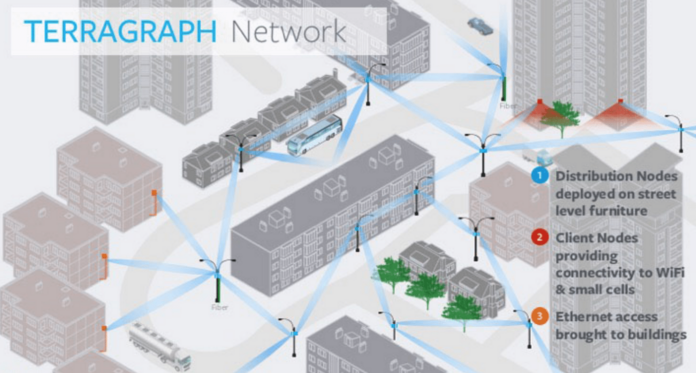South East Water is connecting digital water meters, sensors and acoustic loggers on underground mains water pipes to Vodafone’s NB-IoT network in the UK. The arrangement is part of a year-long trial of the technology to monitor and fix water leakage, in line with targets to reduce leakage by 15 per cent by 2025.
The trial, underway in Kent, is the first deployment of NB-IoT devices in the UK water network. The 2025 target to reduce water leakages by 15 per cent has been set for the UK water industry by Ofwat.
Data will be collected from NB-IoT enabled devices and transmitted across Vodafone’s NB-IoT network. Acoustic loggers ‘listen’ for escaping water within the network to determine when leaks have occurred and to pinpoint the precise location. Analytics software will monitor readings and alert South East Water in the event of a leak.
Anne Sheehan, director at Vodafone Business, said: “NB-IoT has the power to transform the utilities sector. It provides a more accurate way of identifying and preventing leaks, helping companies like South East Water meet important regulatory and environmental standards. It is a perfect example of how technology can be used to create a more sustainable future and manage what is an increasingly precious commodity.”
Simon Earl, director of operations at South East Water, said: “This solution has the potential to alert us to the smallest leak – in either our or our customers’ pipes – as soon as it occurs; and could even enable us to predict and prevent pipeline failure before it happens. This has the potential to reduce the water we take from the environment, further minimise interruptions to supply and increase the resilience of the service we provide to our customers.”
NB-IoT operates within a narrow radio band frequency to provide wider coverage and deeper penetration than traditional cellular networks. It also operates at low power so that batteries within IoT devices in the field, such as sensors, can last up to 10 years.
Other low-power wide-area (LPWA) technologies pitching up in the utilities and smart cities spaces include LoRaWAN and Sigfox.
Check out the new report and webinar on the state of the LPWA market, looking at the rivalry of LoRaWAN, Sigfox, NB-IoT and LTE-M – go here for the report, go here for the webinar.


